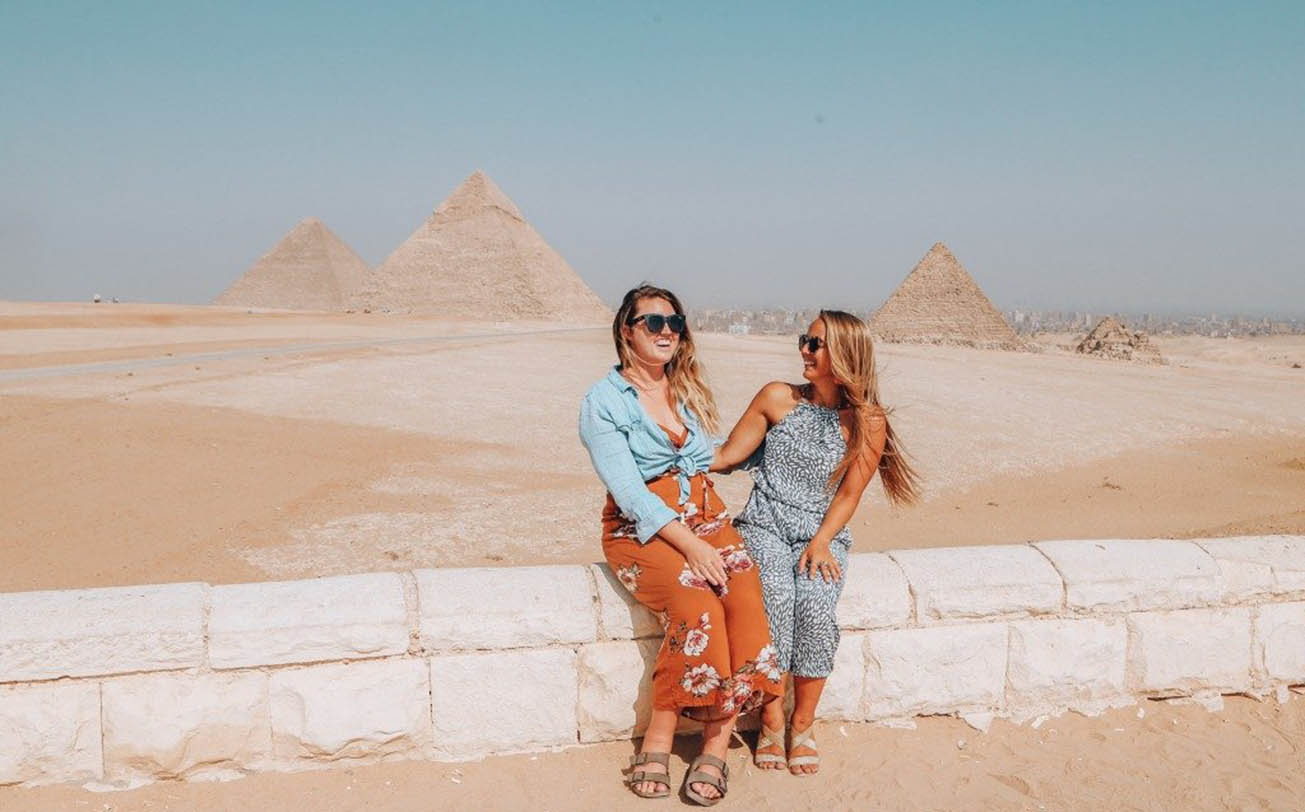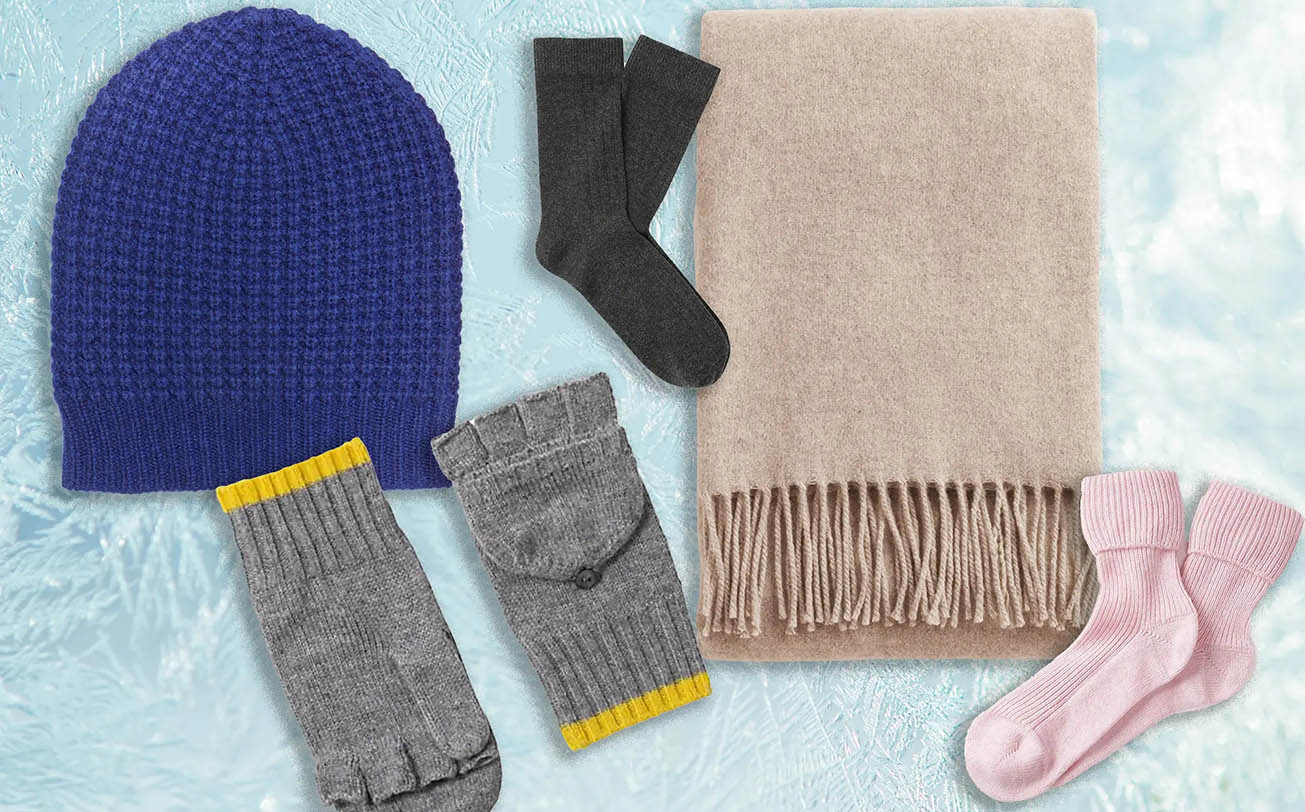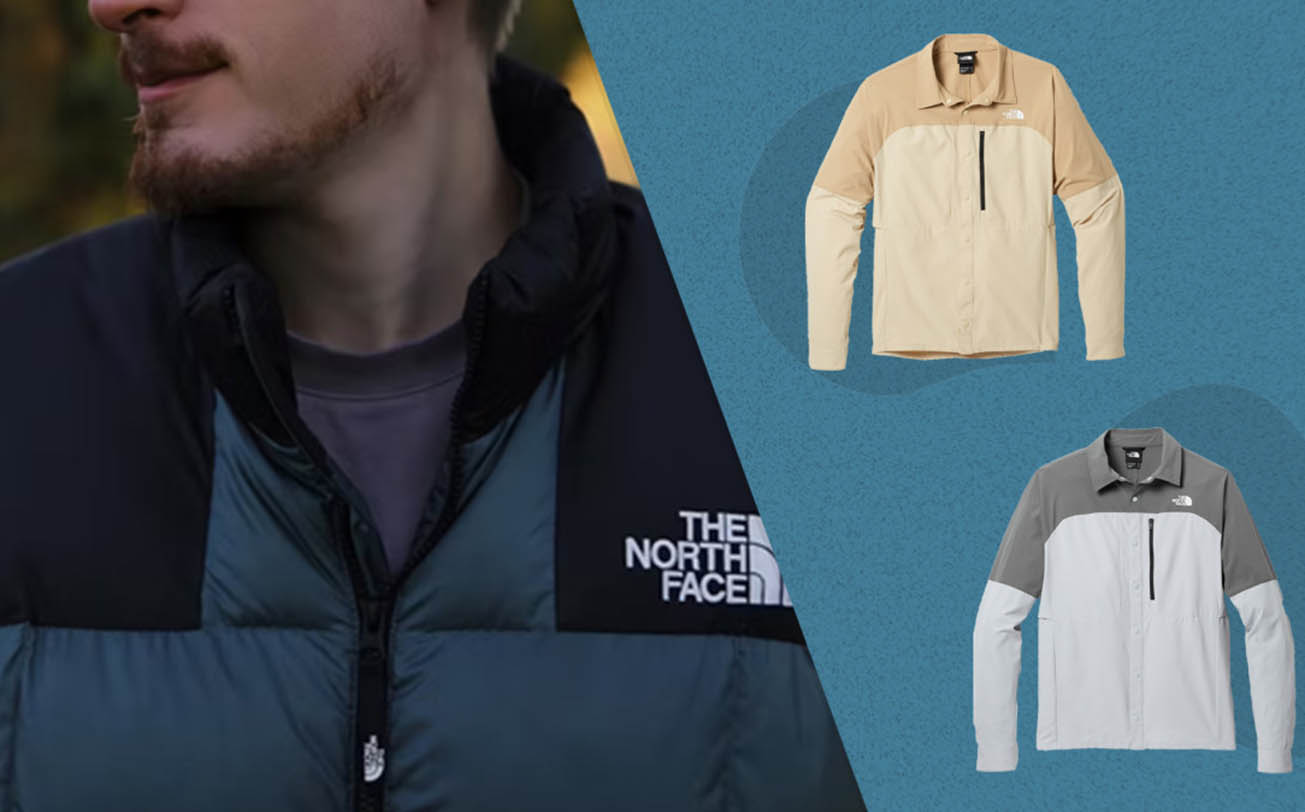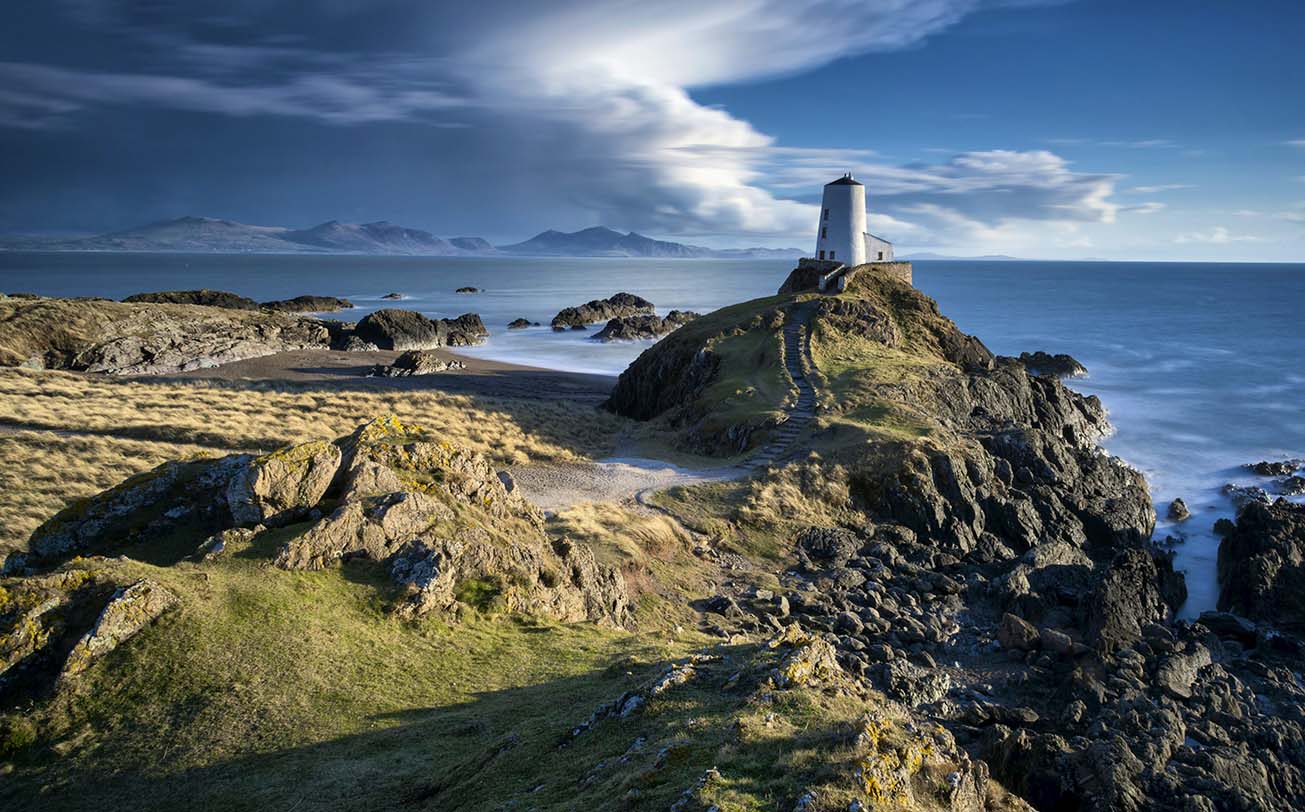I always put considerable effort into preparing for each adventure to ensure a smooth and enjoyable journey. Egypt, with its rich history and vibrant culture, is undoubtedly a dream destination for many. When I planned my trip to Egypt, I spent a significant amount of time researching and preparing the essentials needed for the trip. Particularly in August, when the Egyptian climate is scorching and dry, I needed to make sure I was fully prepared to handle the heat and various travel challenges. I’ll detail the must-have items for your suitcase when traveling to Egypt and share some practical travel tips that I hope will help make your trip unforgettable.
1. Sunscreen and Sun Protection
Traveling to Egypt in August means braving some of the most intense sunlight and high temperatures of the year. As someone who’s experienced the relentless sun firsthand, I can’t stress enough how crucial it is to be well-prepared for the sun’s harsh effects. To ensure you stay comfortable and protected while exploring the wonders of Egypt, here’s a detailed guide on how to safeguard yourself against the sun’s blazing rays.
1. Sunscreen: Your First Line of Defense
When preparing for a trip to Egypt, choosing the right sunscreen is paramount. The Egyptian sun in August can be merciless, with temperatures soaring above 100°F (38°C). To protect your skin from harmful UV rays, I highly recommend using sunscreen with an SPF (Sun Protection Factor) of 50 or higher. This level of SPF offers broad-spectrum protection against both UVA and UVB rays, which are responsible for skin damage and sunburn.
Selecting the Best Sunscreen:
- Broad-Spectrum Protection: Look for sunscreens that offer protection against both UVA and UVB rays. UVA rays penetrate deep into the skin and contribute to aging, while UVB rays are primarily responsible for sunburn.
- Water-Resistant Formula: Given the potential for sweating or if you plan on swimming, a water-resistant sunscreen will ensure you remain protected even when exposed to water or perspiration.
- Sensitive Skin Options: If you have sensitive skin, opt for sunscreens labeled as hypoallergenic or designed for sensitive skin to minimize irritation.
- Application Tips: Apply sunscreen generously to all exposed skin at least 15-30 minutes before going outside. Reapply every two hours, or more frequently if you’re sweating heavily or swimming.
Recommended Brands: I personally use brands like Neutrogena Ultra Sheer Dry-Touch Sunscreen or Coppertone Sport Sunscreen for their high SPF and water-resistant properties.
2. Wide-Brimmed Hat: Stylish Sun Protection
A wide-brimmed hat is an excellent accessory for shielding your face, neck, and ears from the sun. Not only does it add a touch of style to your travel wardrobe, but it also provides effective sun protection.
Choosing the Right Hat:
- Brim Width: Opt for a hat with a brim that extends at least 3-4 inches to provide ample shade. Hats with broader brims offer better coverage and are more effective at protecting your face and neck.
- Material: Choose hats made from breathable, lightweight materials such as straw or moisture-wicking fabrics. These materials help keep you cool while providing shade.
- Adjustability: Some hats come with adjustable bands or ties to ensure a secure fit and prevent them from being blown off by the wind.
My Favorite Hats: I find that hats like the Lanzom Wide Brim Straw Hat or the Fancet Wide Brim Sun Hat are both functional and fashionable for sun protection.
3. High-Quality Sunglasses: Protecting Your Eyes
Your eyes are vulnerable to UV damage, which can lead to serious conditions such as cataracts or retinal damage over time. Investing in a pair of high-quality sunglasses is essential for eye health and comfort.
Features to Look For:
- UV Protection: Ensure your sunglasses offer 100% UV protection. This feature helps block both UVA and UVB rays, protecting your eyes from the sun’s harmful effects.
- Polarization: Polarized lenses reduce glare from reflective surfaces like water or sand, enhancing visual clarity and reducing eye strain.
- Lens Quality: Choose sunglasses with impact-resistant lenses to protect your eyes from potential injury. Opt for lenses that provide adequate coverage and fit well to prevent sunlight from seeping in from the sides.
Top Picks: Sunglasses brands like Ray-Ban or Maui Jim are known for their superior UV protection and stylish designs. Models like the Ray-Ban Wayfarer or Maui Jim Peahi are excellent choices for both functionality and aesthetics.
4. Additional Sun Protection Tips
- Shade and Cover: When not exploring, take breaks in shaded areas to give your skin a rest from the sun. Using an umbrella or finding natural shade can provide relief and additional protection.
- Lightweight Clothing: Wear long-sleeved shirts and long pants made of lightweight, breathable fabrics to protect your skin from direct sunlight while staying cool.
- Hydration: Keep hydrated by drinking plenty of water. The combination of high temperatures and sun exposure can lead to dehydration, so drink water regularly to stay refreshed and healthy.
By arming yourself with the right sun protection gear—sunscreen, a wide-brimmed hat, and high-quality sunglasses—you’ll be able to fully enjoy your Egyptian adventure without the discomfort and risks associated with sun exposure. These preparations will help ensure that your exploration of Egypt’s incredible landscapes, historical sites, and cultural treasures remains comfortable and memorable. Embrace the beauty of Egypt while keeping your skin and eyes protected from the relentless August sun!
2. Lightweight and Comfortable Clothing
Traveling to Egypt during the sweltering summer months requires careful consideration of what clothing to pack. The intense heat and bright sunlight make it essential to choose clothing that will keep you comfortable and protected while exploring this fascinating destination. Here’s a detailed guide on how to select and pack the right clothing for your Egyptian adventure:
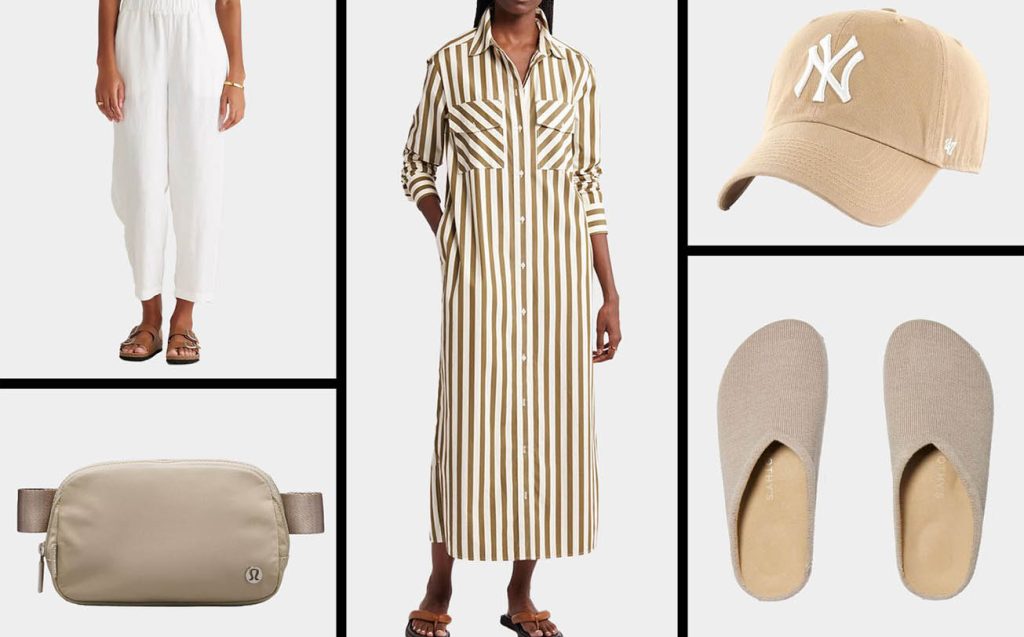
1. Lightweight and Breathable Fabrics
Given the extreme heat in Egypt, especially in summer, lightweight and breathable fabrics are paramount. Opt for clothing made from materials that allow air to circulate and wick moisture away from your body. This will help you stay cool and comfortable despite the soaring temperatures.
- Cotton: Cotton is a classic choice for hot weather. It is soft, breathable, and excellent at absorbing sweat, keeping you dry and comfortable. Cotton clothing allows your skin to breathe, which is crucial in preventing overheating and irritation.
- Linen: Linen is another ideal fabric for hot climates. It’s even more breathable than cotton and has natural moisture-wicking properties. Linen tends to be less clingy, which helps with ventilation and reduces the feeling of sticky heat.
My Recommendations: For a versatile wardrobe, consider packing several cotton or linen shirts and blouses. Light-colored clothing is preferable as it reflects sunlight and helps keep you cooler, while dark colors absorb heat.
2. Long-Sleeved Shirts and Long Pants
While it may seem counterintuitive to wear long-sleeved shirts and long pants in hot weather, these garments offer several benefits in Egypt:
- Sun Protection: Long-sleeved shirts and long pants provide additional protection from the sun’s harmful UV rays. This can help prevent sunburn and reduce the risk of skin damage, which is particularly important given the intense sunlight.
- Respect for Local Norms: Egypt is a predominantly Muslim country, and dressing modestly is appreciated and respectful. Long sleeves and long pants help you blend in with local customs and show respect for cultural and religious norms.
Suggestions: Choose lightweight, loose-fitting long-sleeved shirts and trousers. Breathable fabrics, such as those mentioned earlier, will help you stay cool while providing full coverage. A pair of lightweight, breathable, and long pants can also protect your legs from the sun and from potential insect bites.
3. Comfortable Sandals and Walking Shoes
Exploring Egypt often involves a fair amount of walking, whether you’re navigating ancient archaeological sites, bustling markets, or the sandy terrain of the desert. Therefore, packing comfortable footwear is essential.
- Comfortable Sandals: Sandals with good arch support and cushioning are perfect for warm weather and can be ideal for casual sightseeing and strolling through markets. Look for sandals with adjustable straps to ensure a secure fit and to prevent blisters.
- Walking Shoes: For more intensive walking, such as exploring ruins or trekking through uneven terrain, comfortable walking shoes or lightweight hiking shoes are advisable. Choose shoes with good support, cushioning, and breathable materials to keep your feet cool and comfortable throughout the day.
My Picks: A pair of high-quality, cushioned sandals and a durable, breathable pair of walking shoes should suffice. Brands like Merrell, Keen, or Teva offer great options for travel footwear.
4. Additional Considerations
- Sun Hats and Caps: Along with long sleeves and pants, a wide-brimmed hat or a cap will offer extra protection for your face and neck. This helps shield you from direct sunlight and keeps you cooler.
- Scarves or Shawls: A light scarf or shawl can be handy for covering your shoulders or for additional sun protection. It’s also useful for visiting religious sites where modest dress is required.
- Swimwear: If you plan on visiting coastal areas or enjoying a dip in a hotel pool, don’t forget to pack swimwear. Choose a swim cover-up for additional sun protection when not in the water.
5. Packing Tips
- Layering: Even though it’s hot, layering your clothing can be beneficial for varying temperatures and to accommodate indoor air conditioning, which can be quite chilly.
- Pack Light: Given the heat, opt for a minimalist approach. Pack enough versatile pieces that you can mix and match easily to keep your luggage light and manageable.
- Laundry: If you’re staying in one place for an extended period, consider accommodations with laundry facilities or pack a small amount of travel detergent for hand-washing essentials.
By packing lightweight, breathable clothing made from cotton or linen, along with long-sleeved shirts and long pants for sun protection and cultural respect, you’ll be well-prepared for your Egyptian adventure. Don’t forget to include comfortable sandals and walking shoes to ensure you can explore Egypt’s wonders with ease. Embrace the practicality of your wardrobe while enjoying the beauty and history of this incredible destination.
3. Reusable Water Bottle
Staying hydrated is crucial in Egypt’s arid climate. I always carry a durable water bottle to ensure I can drink plenty of water throughout the day. A reusable water bottle is not only practical but also eco-friendly. It’s particularly useful during long excursions, as you can refill it whenever needed and avoid buying single-use plastic bottles.
4. Basic First-Aid Kit and Personal Care Items
Traveling can sometimes lead to unexpected health issues, so I always pack a basic first-aid kit with essentials such as cold medicine, diarrhea tablets, and pain relievers. Personal care items like wet wipes, hand sanitizer, and a small tube of antibiotic ointment are also crucial for maintaining hygiene and treating minor ailments.
5. Charging Equipment and International Adapter
To keep my electronic devices powered up, I make sure to bring all necessary charging equipment, including phone chargers, camera battery chargers, and a versatile international adapter. Since Egypt’s plug types and voltage may differ from those in other countries, an international adapter ensures that you can easily charge your devices wherever you are.
6. Camera and Backup Storage
Egypt is home to some of the world’s most breathtaking landscapes and historical sites. I always bring my camera to capture these stunning moments. To avoid losing any precious photos, I also carry extra memory cards and a portable hard drive. This way, I can back up my photos and have peace of mind knowing that my travel memories are safely stored.
7. Cash and Credit Cards
While major cities and tourist areas in Egypt generally accept credit cards, having cash on hand is still important, especially in more remote locations. I carry a small amount of local currency (Egyptian Pounds) for smaller purchases and tips. Credit cards are handy for larger transactions, such as hotel stays, dining at upscale restaurants, and shopping.
8. Travel Guides and Maps
Although modern technology is incredibly useful, I still prefer to carry a physical travel guide and map. They are invaluable for understanding the history, culture, and attractions of my destination. Moreover, having a paper map is useful when navigating areas with limited internet connectivity.
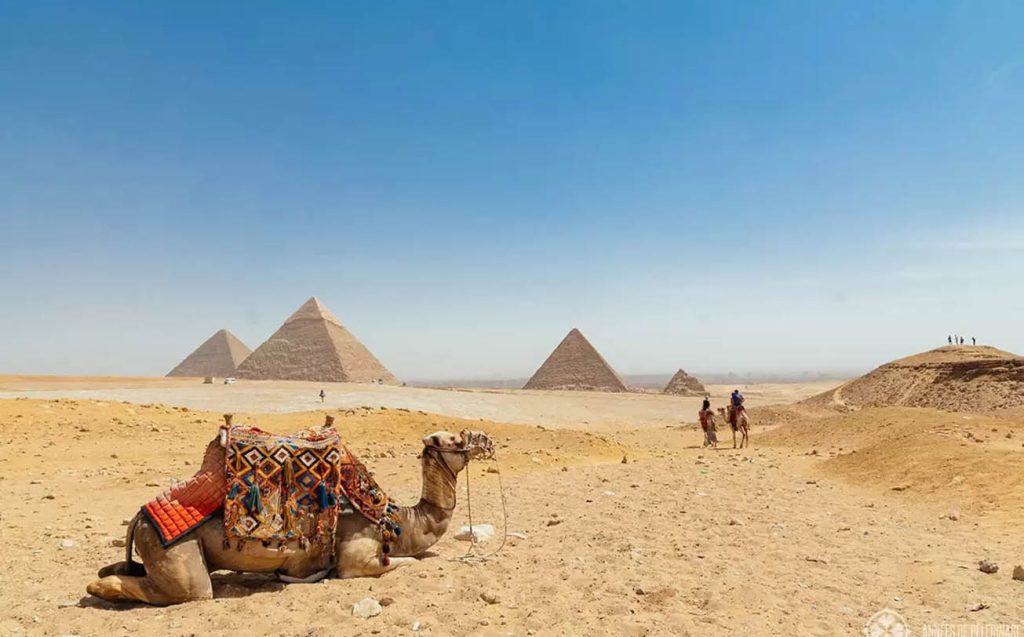
9. Travel Insurance
Although not a physical item, travel insurance is a critical component of my travel preparations. It provides coverage for medical emergencies, lost luggage, and other potential issues that may arise during the trip. Having travel insurance allows me to travel with confidence, knowing that I am protected against unforeseen circumstances.
10. Miscellaneous Essentials
Finally, I pack a few additional items that make my journey more enjoyable. These include a notebook for jotting down thoughts and travel experiences, a good book for downtime, headphones for entertainment, and a travel pillow for added comfort during long flights or bus rides.
Traveling to Egypt in August requires thoughtful preparation due to the extreme weather conditions. By packing these essential items, you can ensure a comfortable and enjoyable trip. Proper planning and preparation can significantly enhance your travel experience, allowing you to focus on exploring the wonders of Egypt. I hope these tips help you prepare for your journey and that your adventure in this fascinating country is filled with excitement and memorable experiences!
